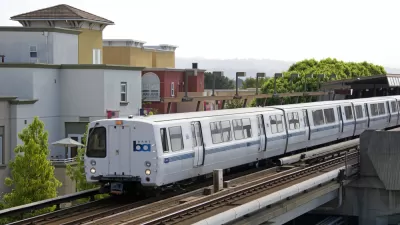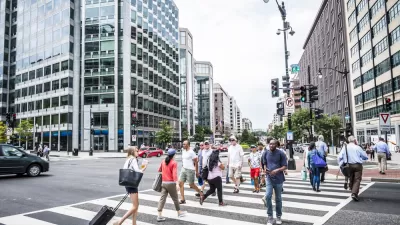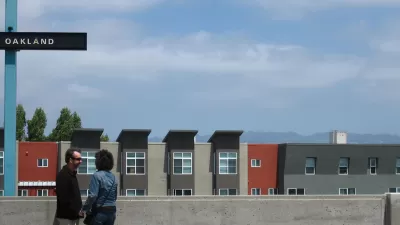Concern about gentrification in urban areas has dominated the urbanism discussion for more than a decade now, at the expense of a more informed understanding of urban dynamics and the potential for more effective action.

The Institute on Metropolitan Opportunity at the University of Minnesota Law School recently published the American Neighborhood Change in the 21st Century report, detailing, with massive amounts of data to support its findings, the ongoing decline of urban neighborhoods in the United States.
From the report's Executive Summary [pdf], a list of key findings:
- The most common form of American neighborhood change, by far, is poverty concentration.
- At the metropolitan level, low-income residents are invariably exposed to neighborhood decline more than gentrification.
- Low-income displacement is the predominant trend in a limited set of central cities, primarily located on the eastern and western coasts.
- On net, far fewer low-income residents are affected by displacement than concentration.
- White flight corresponds strongly with neighborhood change.
- Nonwhite residents are far more likely to live in economically declining areas.
With more detail included in the Executive Summary, the obvious conclusion to infer is that gentrification and displacement are by far the less predominant dynamic in urban areas compared to neighborhood decline and concentrated poverty.
As policy makers and media narratives focus on gentrification, so to do redevelopment funds and revitalization campaigns. These programs are based on a confused state of affairs, according to the Executive Summary. "If policymakers, philanthropists, and scholars are misperceiving the problems of cities, much of this money is wasted. Or worse than wasted: resisting development in a poor neighborhood that is not actually gentrifying, or promoting growth in an area that already has significant displacement, can cause actual harm to residents. In other words, American cities need more than competing narratives about neighborhood change: they need a firm sense of how and where cities are evolving. American Neighborhood Change in the 21st Century aims to provide such a picture."
The full report [pdf] is an easily readable 34 pages long, not including two appendices. Metro-level reports are also available for 40 locations around the country.
FULL STORY: American Neighborhood Change in the 21st Century: Gentrification and Change

Alabama: Trump Terminates Settlements for Black Communities Harmed By Raw Sewage
Trump deemed the landmark civil rights agreement “illegal DEI and environmental justice policy.”

Planetizen Federal Action Tracker
A weekly monitor of how Trump’s orders and actions are impacting planners and planning in America.

Why Should We Subsidize Public Transportation?
Many public transit agencies face financial stress due to rising costs, declining fare revenue, and declining subsidies. Transit advocates must provide a strong business case for increasing public transit funding.

Understanding Road Diets
An explainer from Momentum highlights the advantages of reducing vehicle lanes in favor of more bike, transit, and pedestrian infrastructure.

New California Law Regulates Warehouse Pollution
A new law tightens building and emissions regulations for large distribution warehouses to mitigate air pollution and traffic in surrounding communities.

Phoenix Announces Opening Date for Light Rail Extension
The South Central extension will connect South Phoenix to downtown and other major hubs starting on June 7.
Urban Design for Planners 1: Software Tools
This six-course series explores essential urban design concepts using open source software and equips planners with the tools they need to participate fully in the urban design process.
Planning for Universal Design
Learn the tools for implementing Universal Design in planning regulations.
Caltrans
Smith Gee Studio
Institute for Housing and Urban Development Studies (IHS)
City of Grandview
Harvard GSD Executive Education
Toledo-Lucas County Plan Commissions
Salt Lake City
NYU Wagner Graduate School of Public Service





























